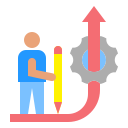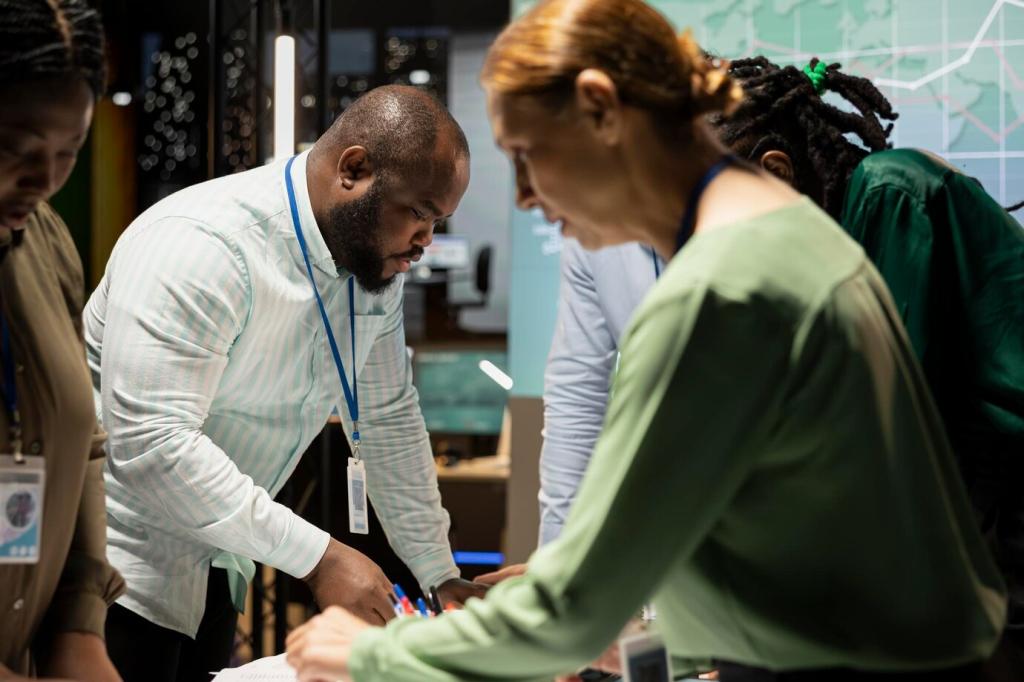Why Blended Learning Elevates Professional Skills
Blended learning contextualizes theory with practice, allowing professionals to test, reflect, and iterate. Microlearning cements core concepts, while workshops expose nuance. The result is faster transfer to the job, less forgetting, and more confident application where it matters. Tell us which mix works best in your industry.
Why Blended Learning Elevates Professional Skills
Research shows that spaced repetition and practice in varied contexts substantially increases retention. Blended formats empower spaced, multimodal reinforcement and social discussion. When combined with coaching, you see significant improvements in completion, satisfaction, and on-the-job performance. Comment with data points you track today.







